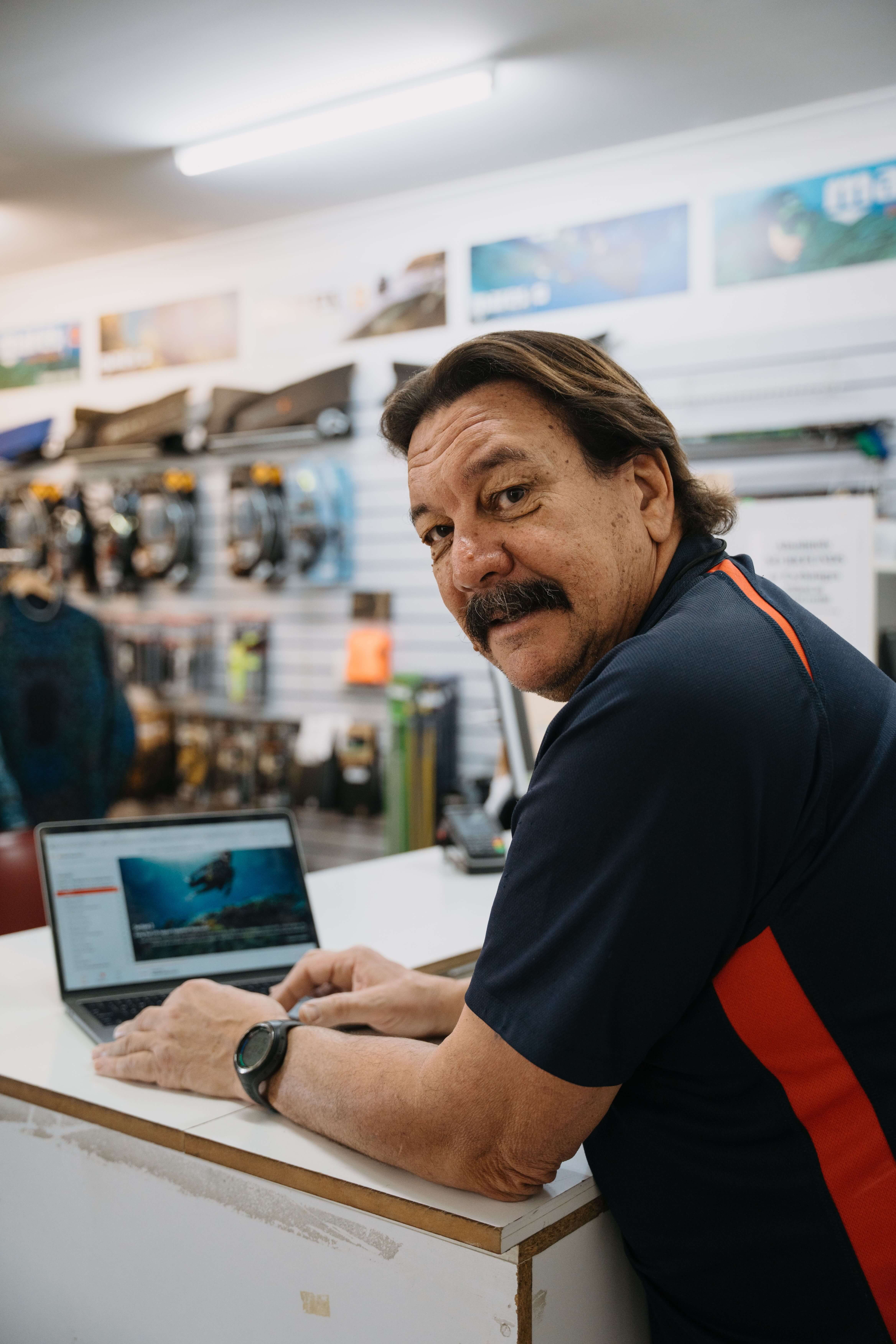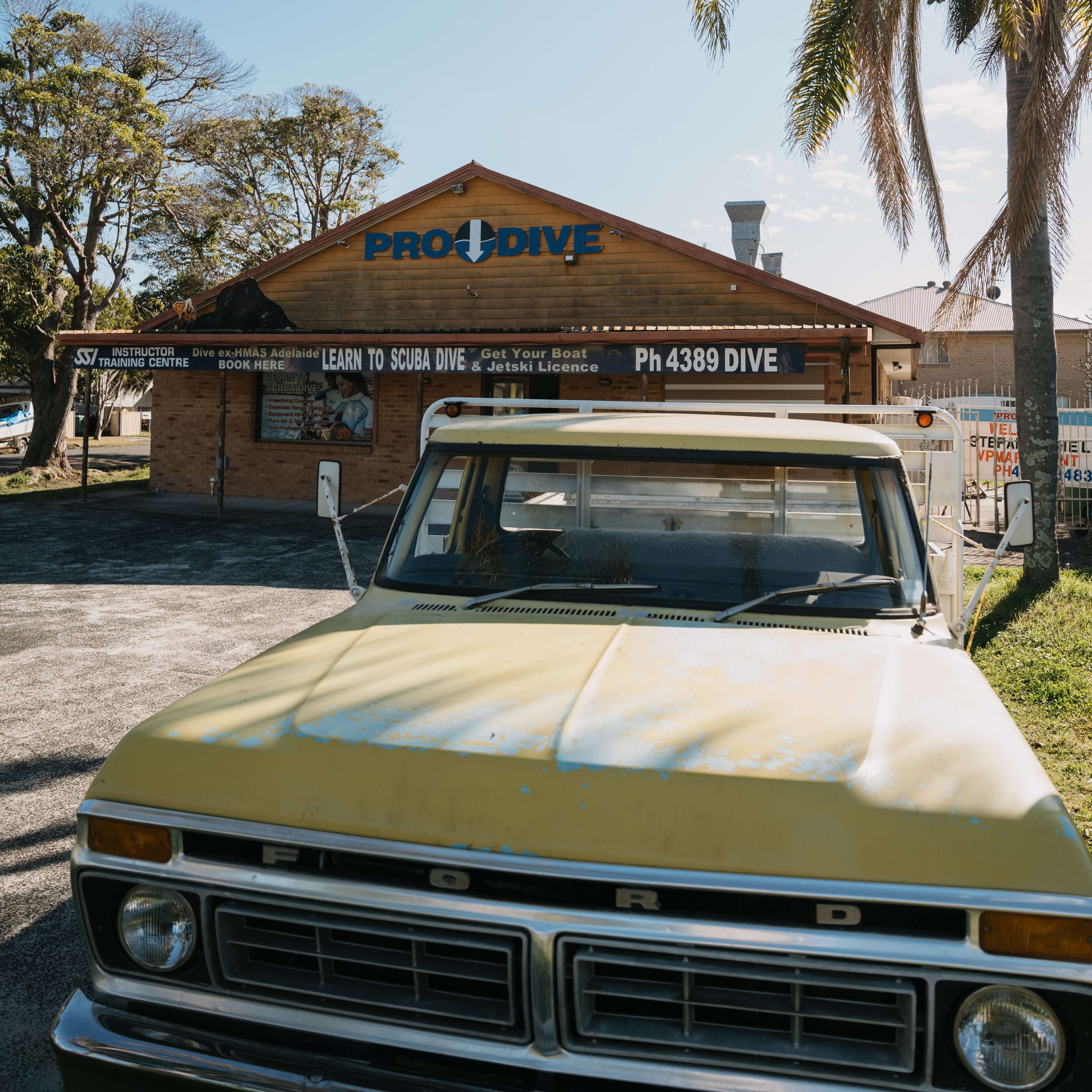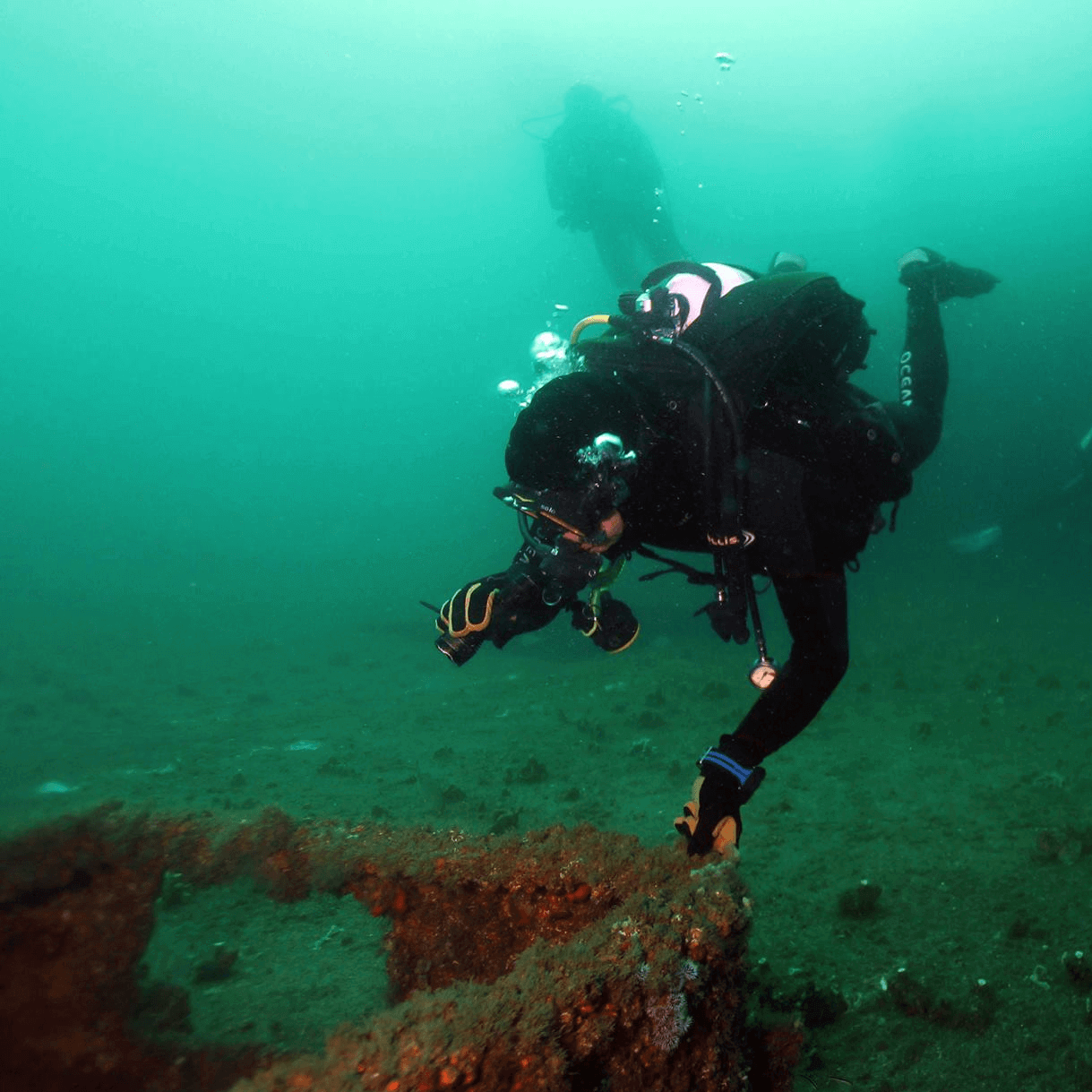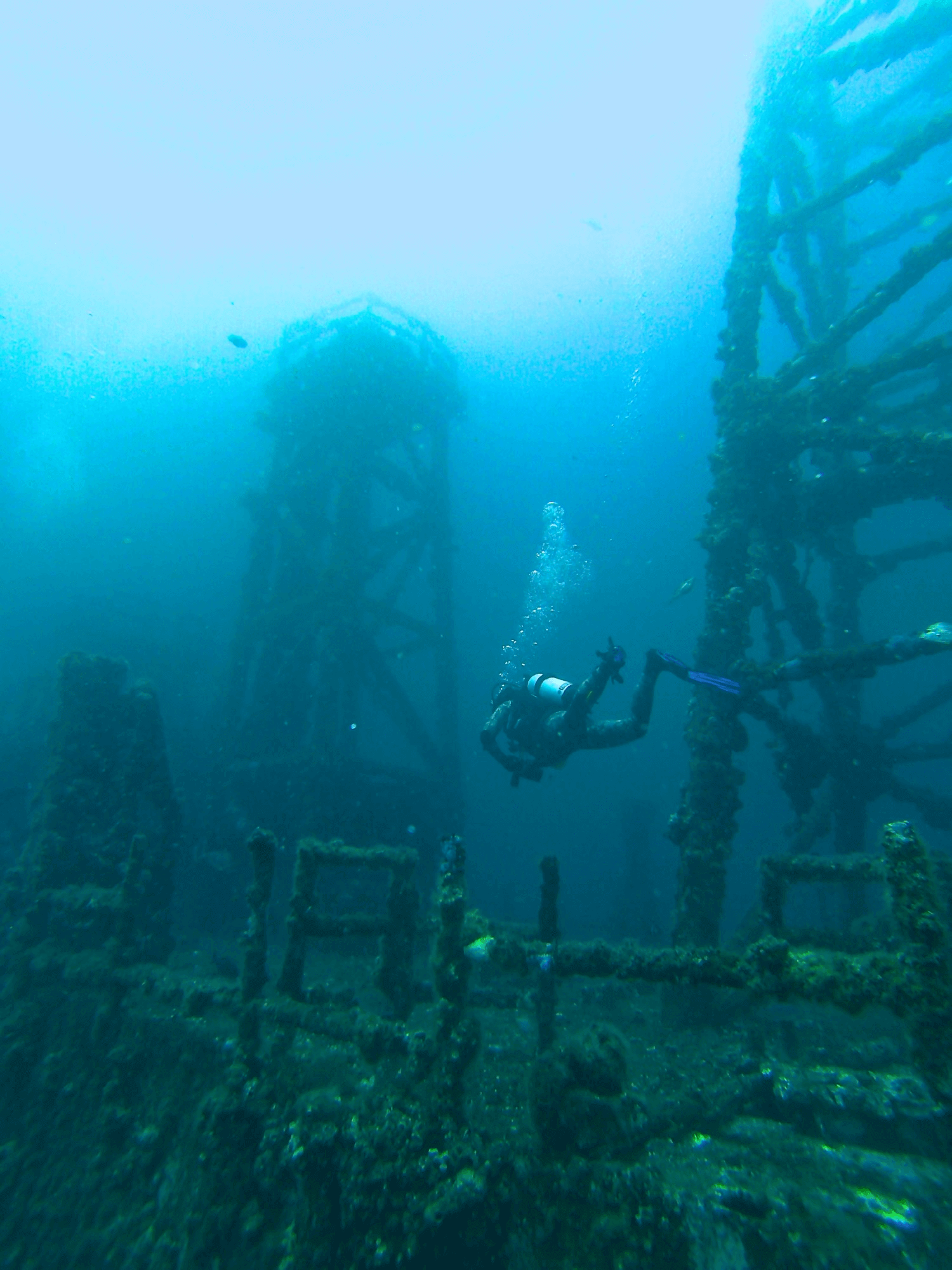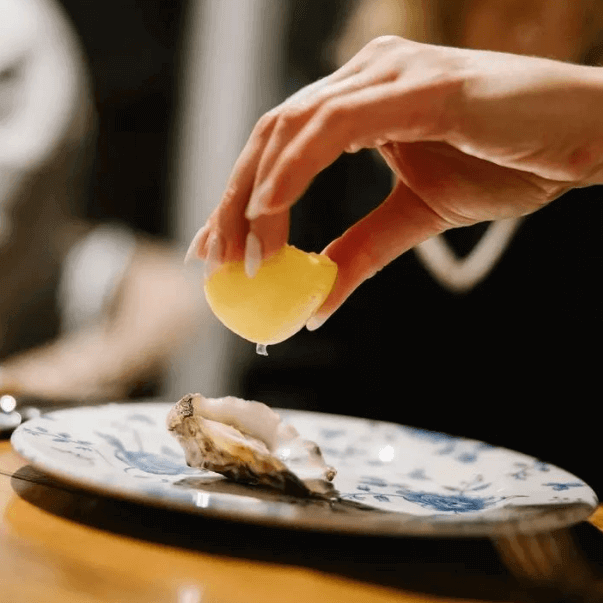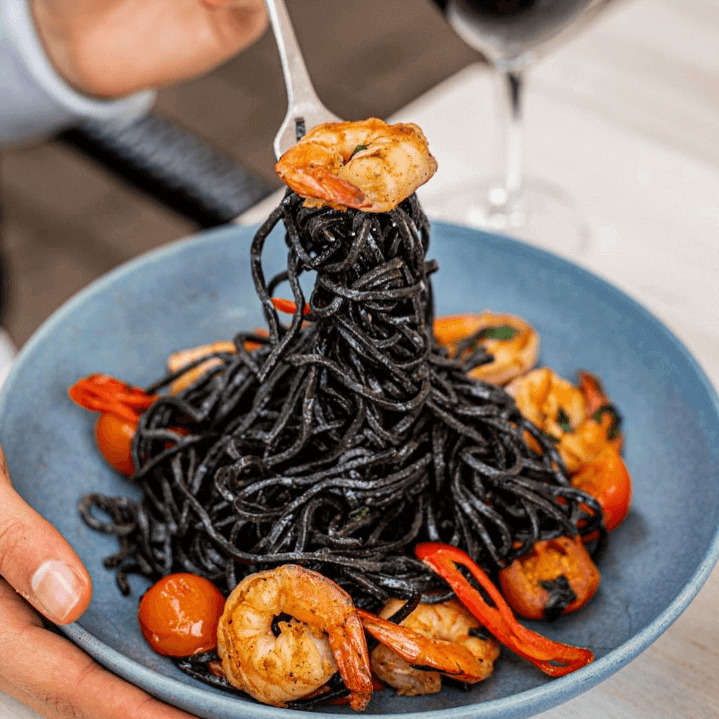What do you love most about the Central Coast?
The lifestyle. It’s easygoing, it's beachfront. Put it this way: the furthest anyone would live away from the beach would be 20 minutes, even if people live over the valley.
Everything revolves around the ocean here. We've got massive rivers, we've got a big lake system.
We definitely have a different attitude to life up here on the Coast compared to the big high-rise areas, and we've got a lot of young families: I think we’re the third fastest growing area in Australia. There’s a lot of houses going up here, and it's bringing a lot of young working people as well.
We're close to Sydney and Newcastle. An hour and fifteen minutes, you’re in the heart of Sydney, just over an hour and ten minutes you’re in Newcastle. We don't have any steel mills or coal mines or anything like that on the Central Coast, we don't have any of that industrial pollution, and it's generally a nicer, quieter place.
What are some of your favourite local places to eat?
So when we go for nice dining areas we go to Bells at Killcare for a nice restaurant and you've got The Cowrie. If you want to go up The Entrance and you want to have really nice, really fresh seafood, then you've got this little cafe called The Bay Cafe on Toowoon Bay Road. There are only about 20 tables inside, but it's definitely right up there as the number one restaurant.
When you've got visitors coming up to the Central Coast, where do you recommend they go?
We've got two major seaside hubs. You’ve got Terrigal, with the five-star hotel there, lot of dining options. In your morning time you've got your runners, the lunchtime crowd that come down to look at the water to do all the bits and pieces. Then you got your afternoon crowd to come down and at nighttime, people that go to the different restaurants in area,
Then you've got The Entrance - a very, very nice area. It's set up more for a morning trade with a lot of areas for breakfast, a lot of areas to sit down and just sit by the lake, and it's got an estuary that goes out to the ocean. So, you've got two views here of water.



